C. F. Martin Stauffer Influenced Guitar
c.1834
The history of the Martin begins with this guitar. Several books show this guitar, labeled as a Stauffer, along with what has been considered to be the
earliest existent Martin guitar, to show the influence of the Stauffer on the first guitars built by Martin in the new world. A large photo of this instrument
even sits in the Martin Museum alongside the early Martin to illustrate this connection.
When I compared the two guitars side by side and photographed the interiors of the two, the "fingerprints" became clear of nearly identical
siblings, built at the same time, with only minor cosmetic variation, a fact now accepted by other Martin experts. As you read further, you will see that it
was typical in the early days of Martin, when they had an order for one guitar, to build a second with minor alteration in trim. Both guitars have spruce
tops and maple backs and sides, with abalone soundhole designs set in mastic. The two instruments feature small, shallow figure-eight shaped bodies
with identical dimensions and large upper bouts, Stauffer style headstocks with Vienna gears, necks with inlaid stripes of ebony and ivory, raised angled
fretboard extensions, and intricate ivory and ebony ice cream cone heels with clock key adjustments and hand shaped neck blocks with identical hardware.
Each guitar is ladder braced with a similar "buttress" under the fretboard extension of each. The backs are maple veneer over spruce.
This guitar is unlabeled, which raised the question at first of whether this guitar might have been built by others in Europe, and Martin's finer guitars were
identical specimens imported by Martin, with the Martin stamp added, along with a label proclaiming Martin as an "importer of musical instruments".
Or perhaps both were made by a fellow immigrant living in New York City. Mr. Martin, after all, was a busy owner of a Manhattan music store.
Martin's records, however, do show that it was the cheaper instruments that Martin imported, so it's most likely that both of these guitars were built in Martin's shop.
We also know that Martin came to this country with his friend Heinrich Schatz, who worked in Martin's New York shop building guitars. C.F. Martin has
traditionally been thought of as a builder of fine guitars. We now know that Mr Schatz, at a minimum, had a hand in building the guitars. Schatz was a fine builder,
and Martin a busy shopkeeper. Did Schatz do all of Martin's early building? Perhaps we will never know.
These two guitars, if not typical, are the pinnacle of guitars offered by C. F. Martin when he first came to this country.
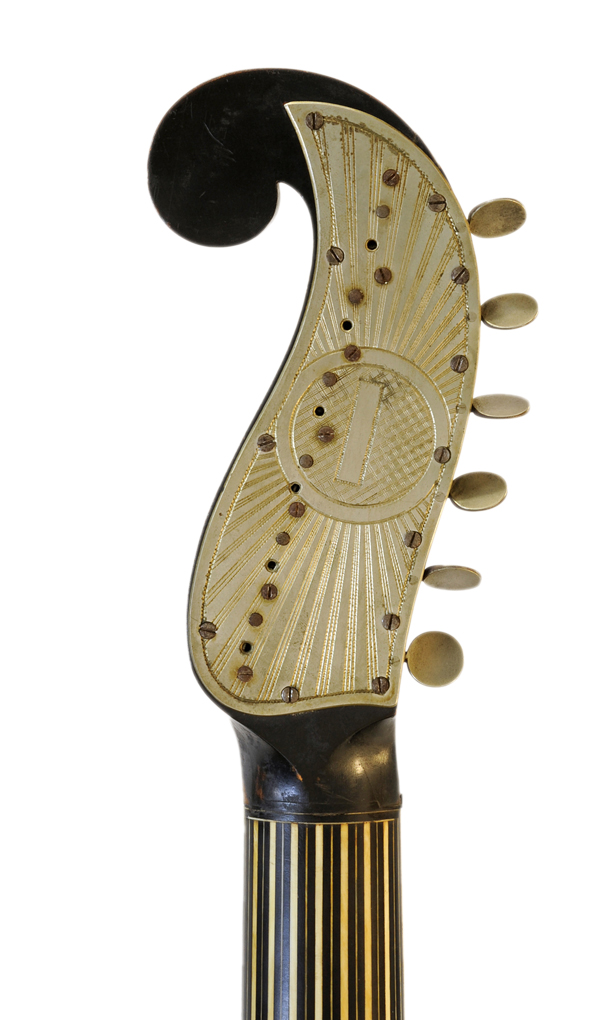
' ' ' ' ' ' ' ' ' ' ' ' ' ' ' ' ' '
Illustrated on p. 7 of Trynka, "The Chinery Collection: 150 Years of American Guitars"
Illustrated on p. 7 of Bacon, "History of the American Guitar"
Illustrated on p.12 of Washburn & Johnston, "Martin Guitars: An Illustrated Celebration of America's Premier Guitarmaker"
Illustrated on plate 2-1, of Gura, "C. F. Martin and His Guitars, 1796-1873"
Reproduced as an enlarged photograph in a display in the Martin Museum
' ' ' ' ' ' ' ' ' ' ' ' ' ' ' ' '

Compared to the Stauffer Style Martin in the Martin Museum:
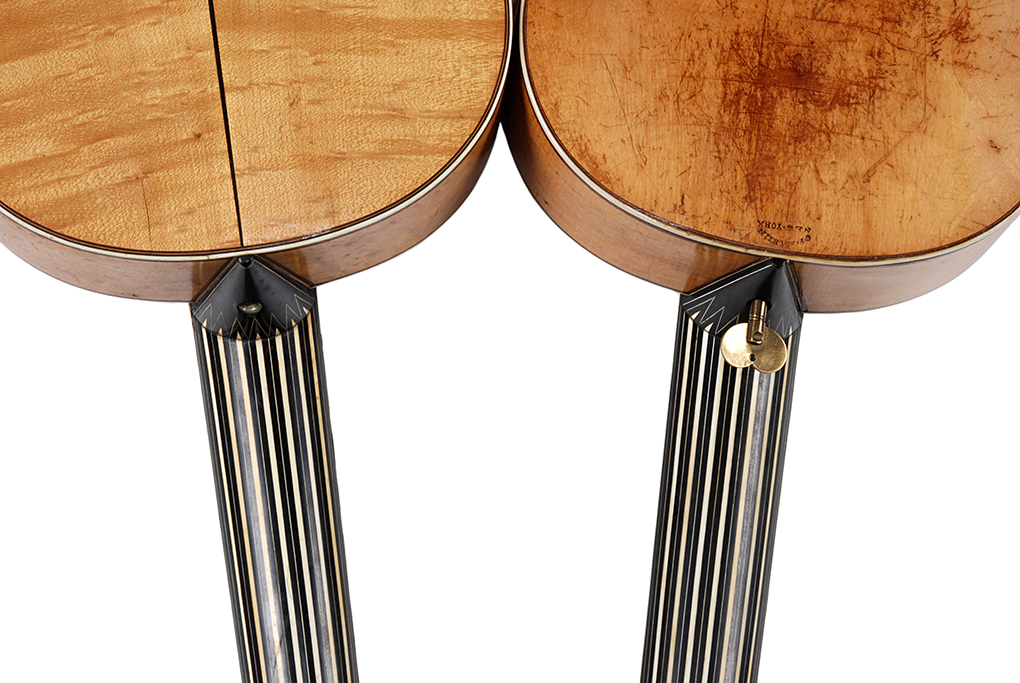

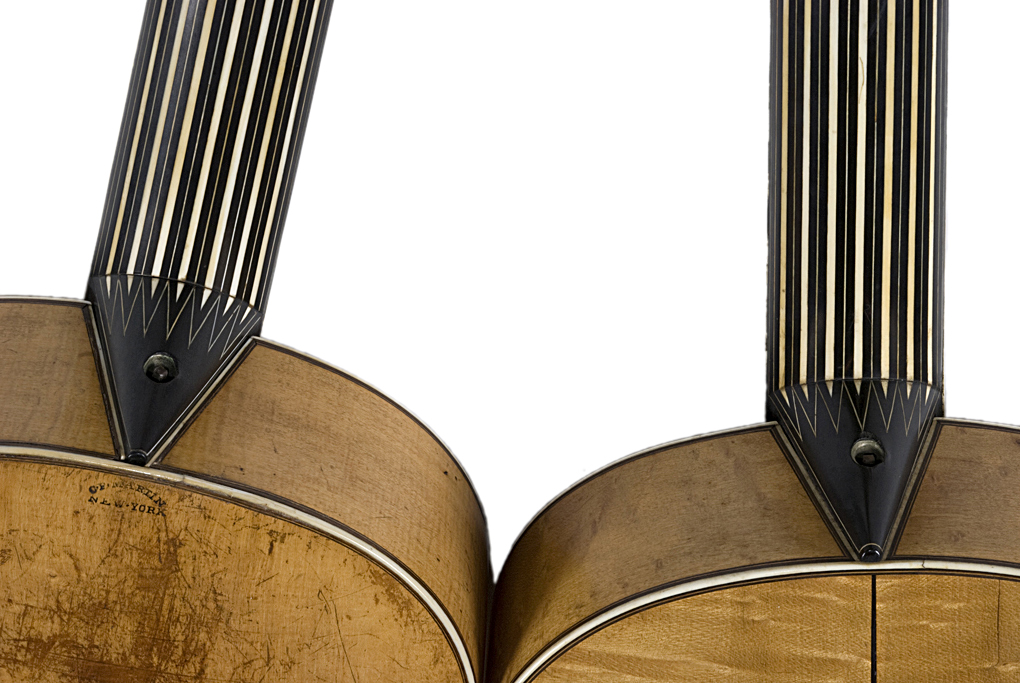
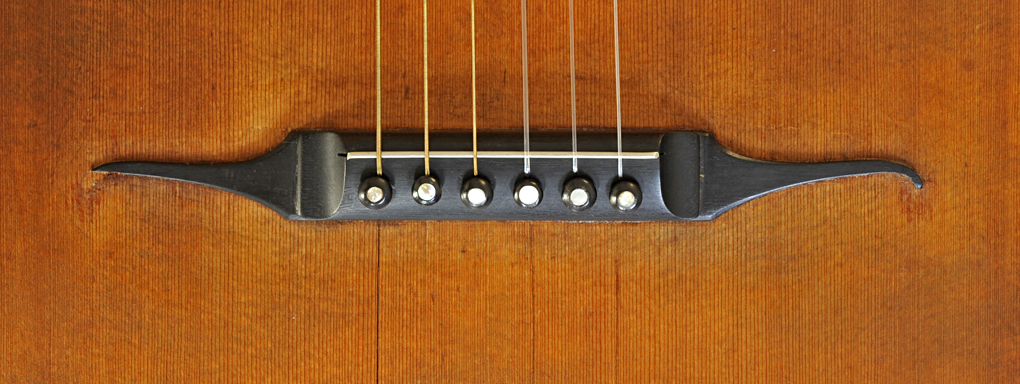
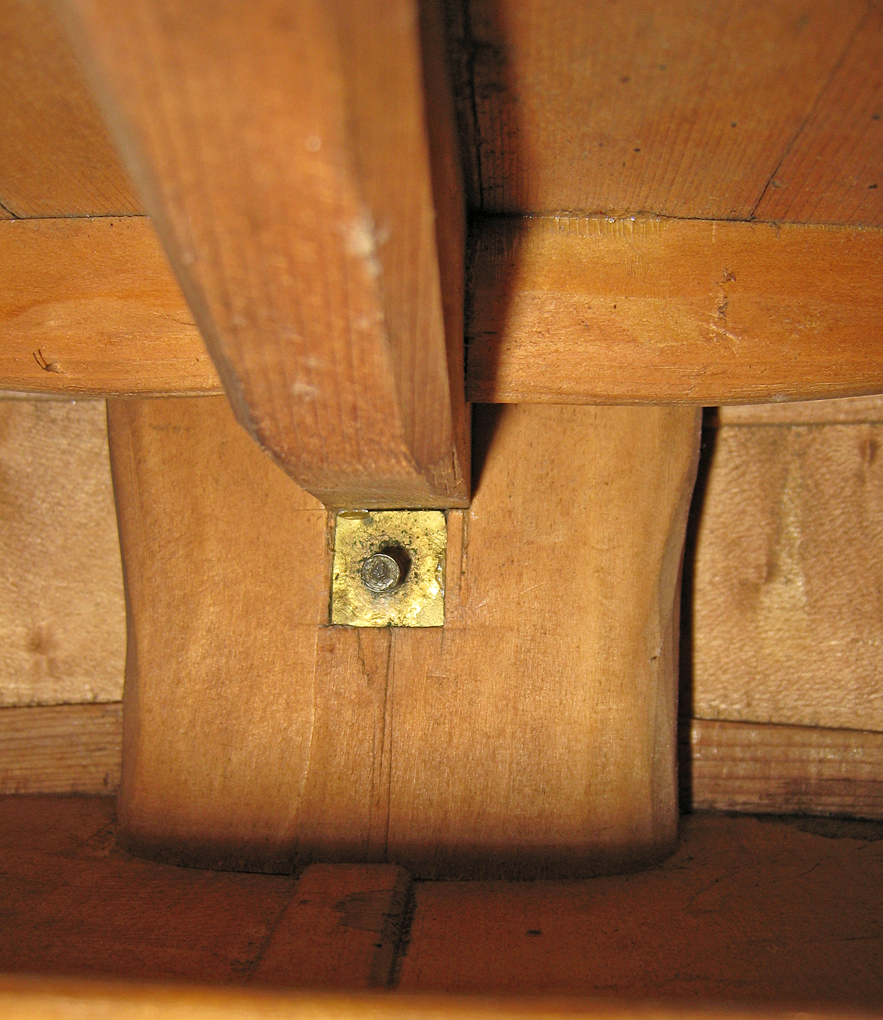
Compare the similarly shaped neck block in the Martin:


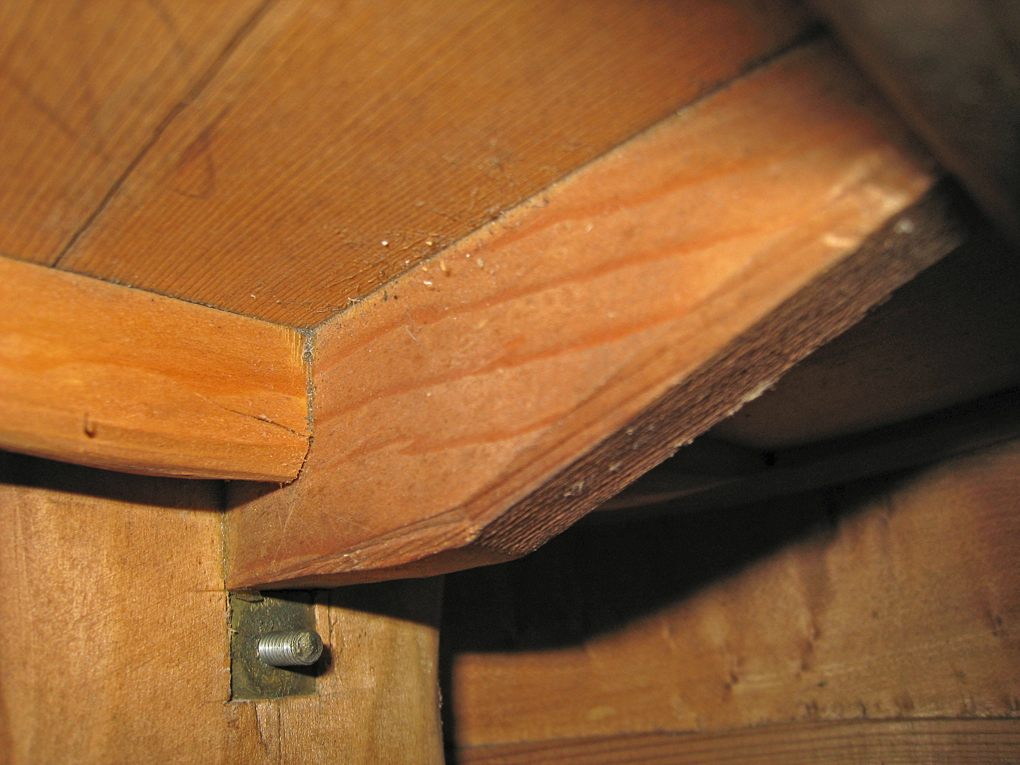
Note the similar "butress" in the Martin:

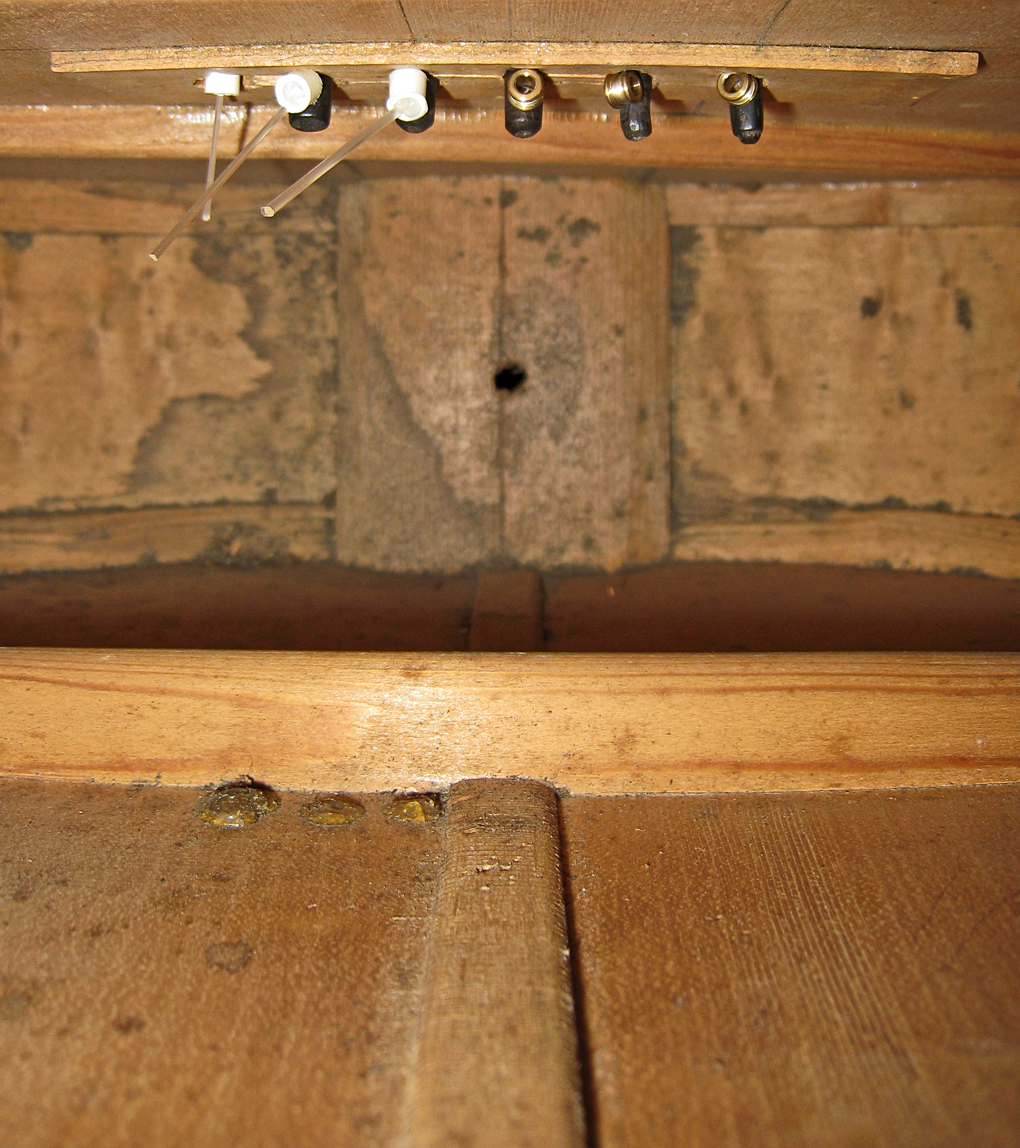
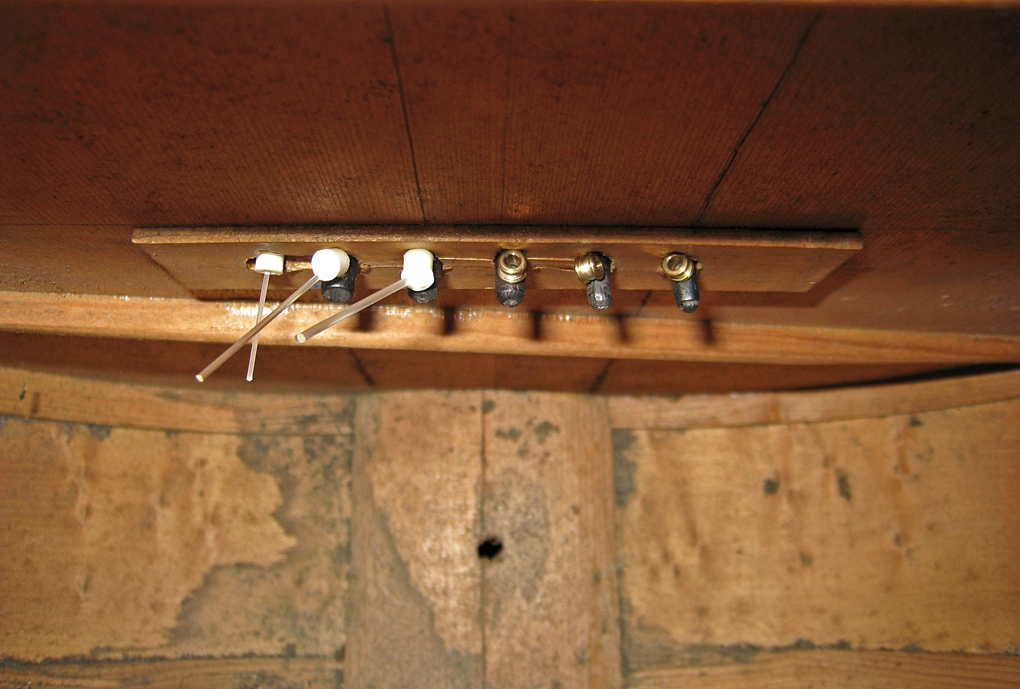
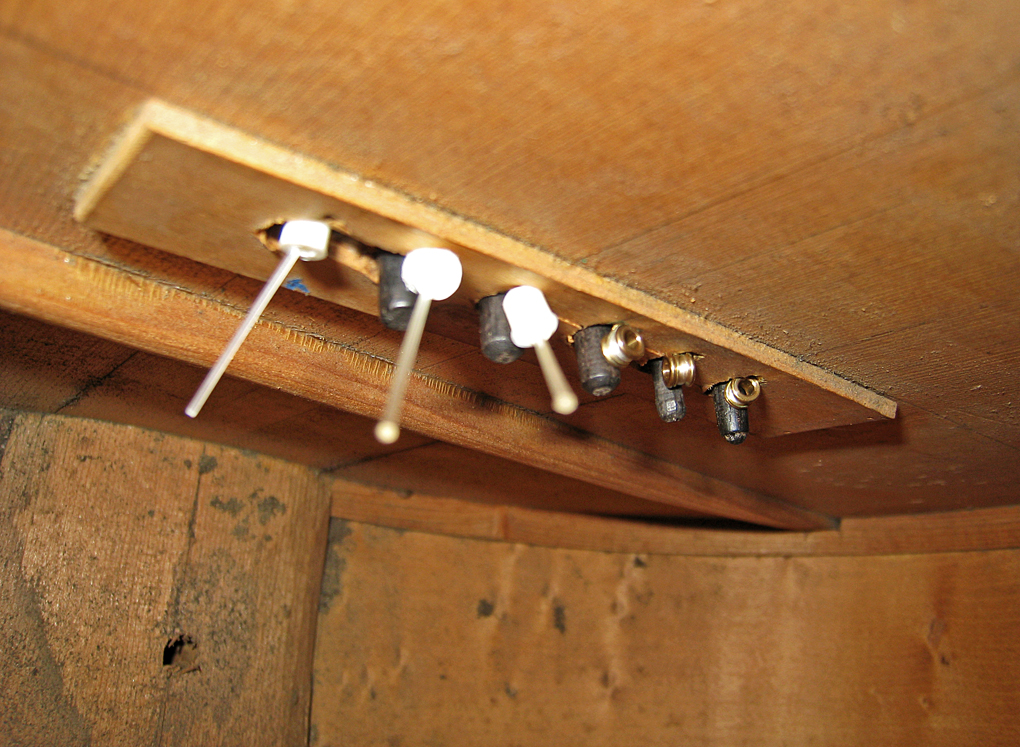
Note slight angle of brace in relation to bridge plate.
And note the bridge plate and slightly angled brace in the Martin:
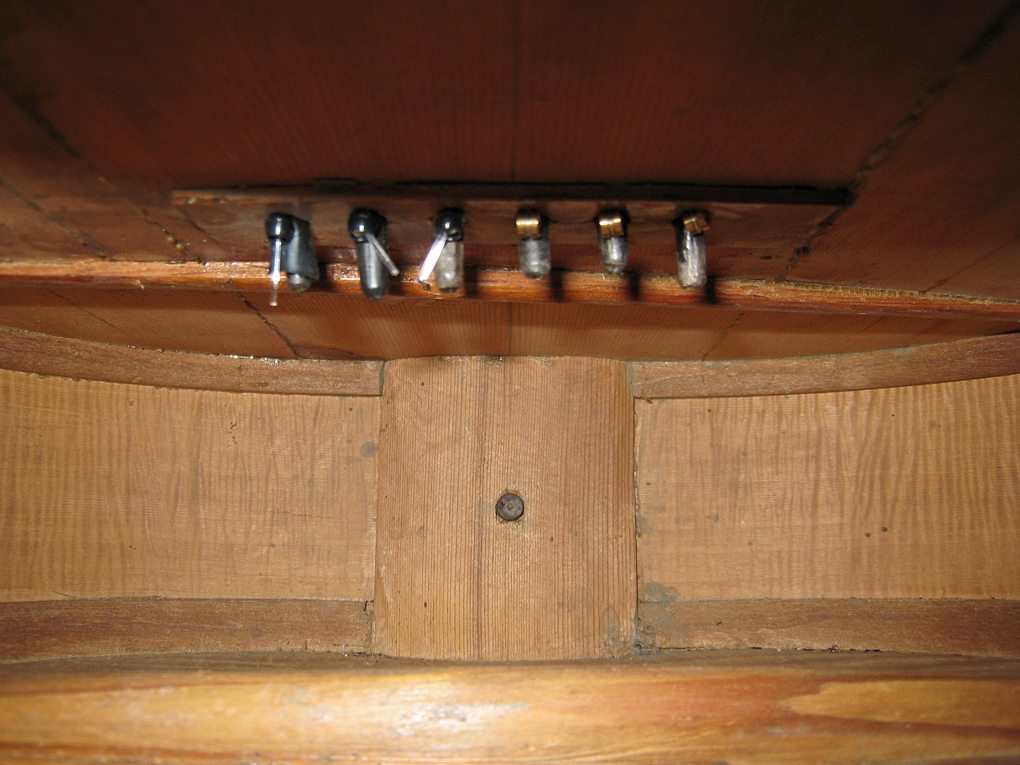
Note the label in the Martin version:

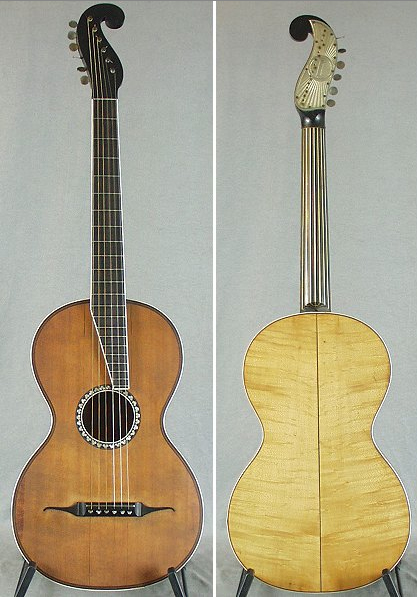
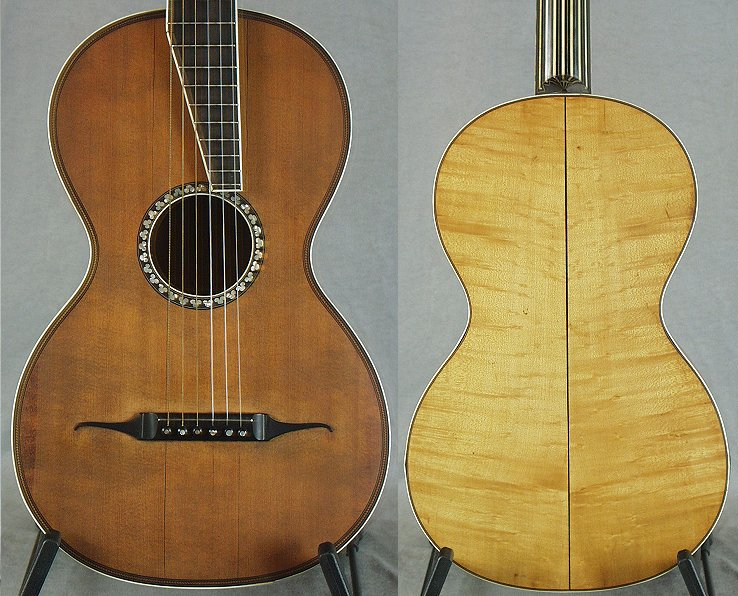



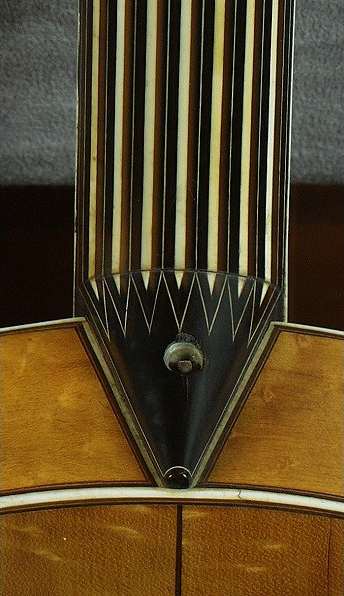

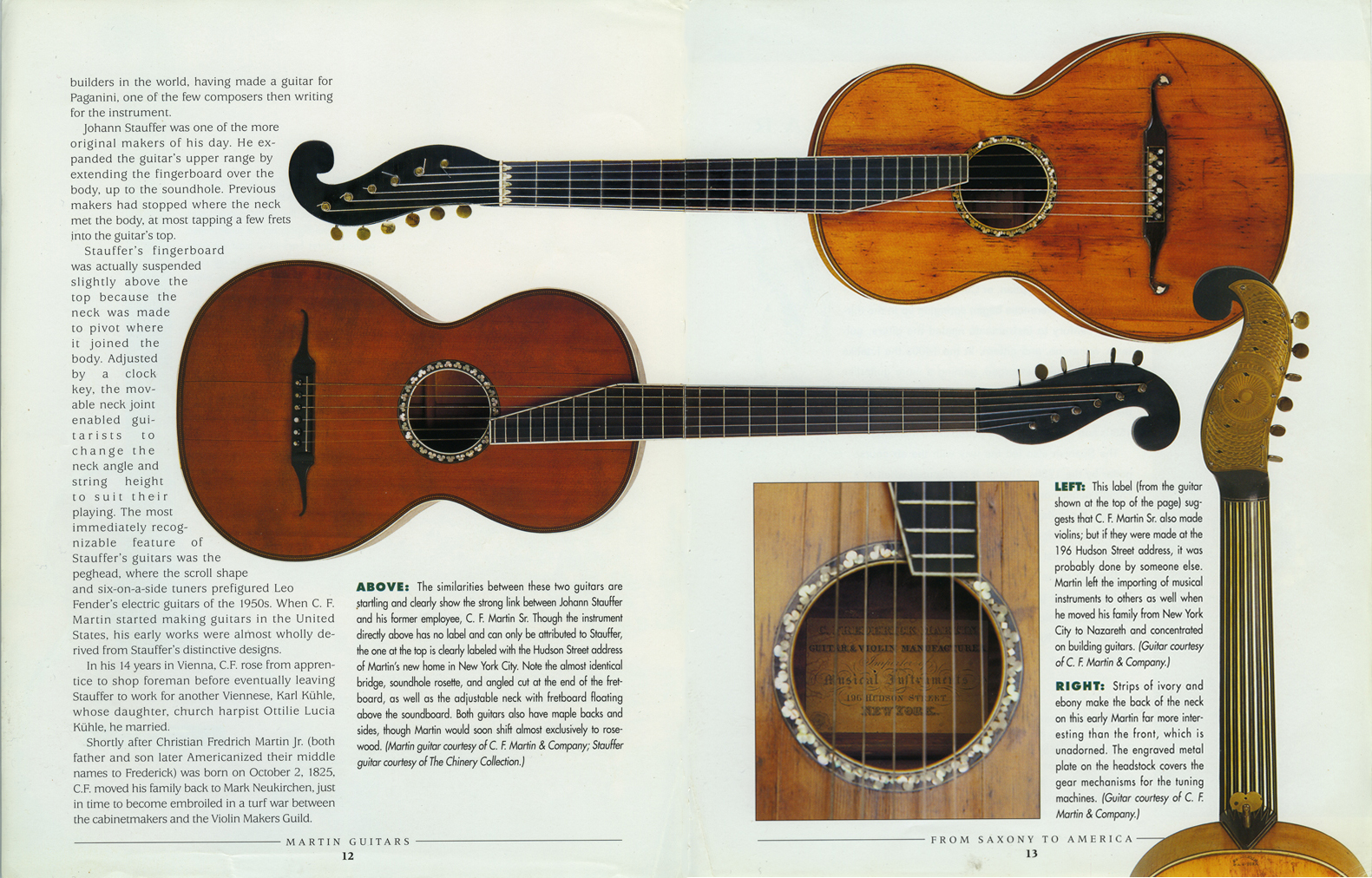
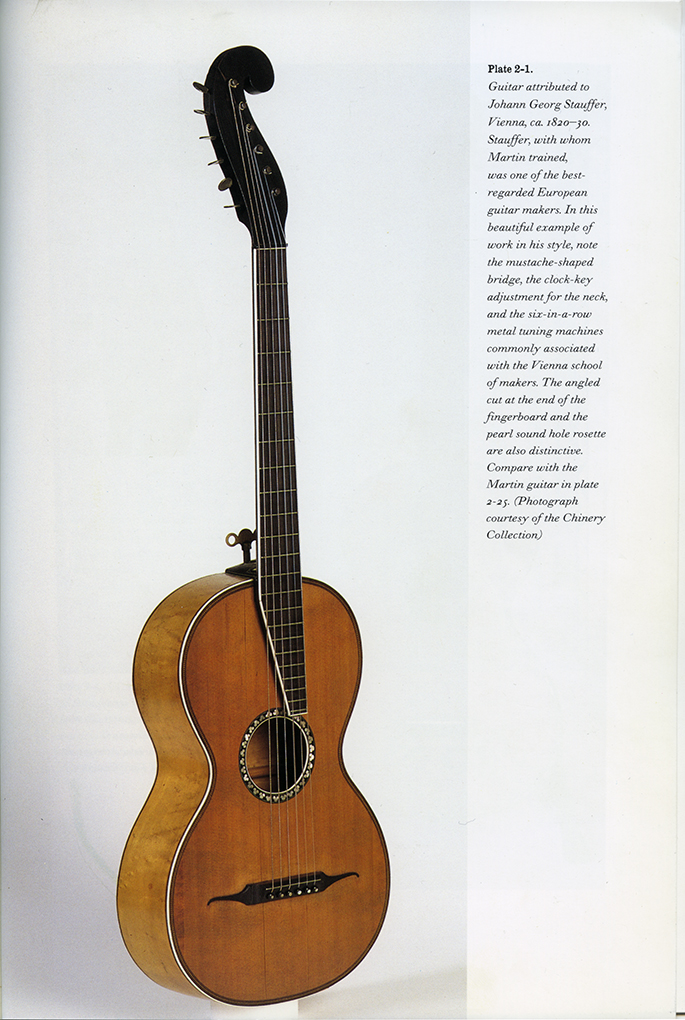
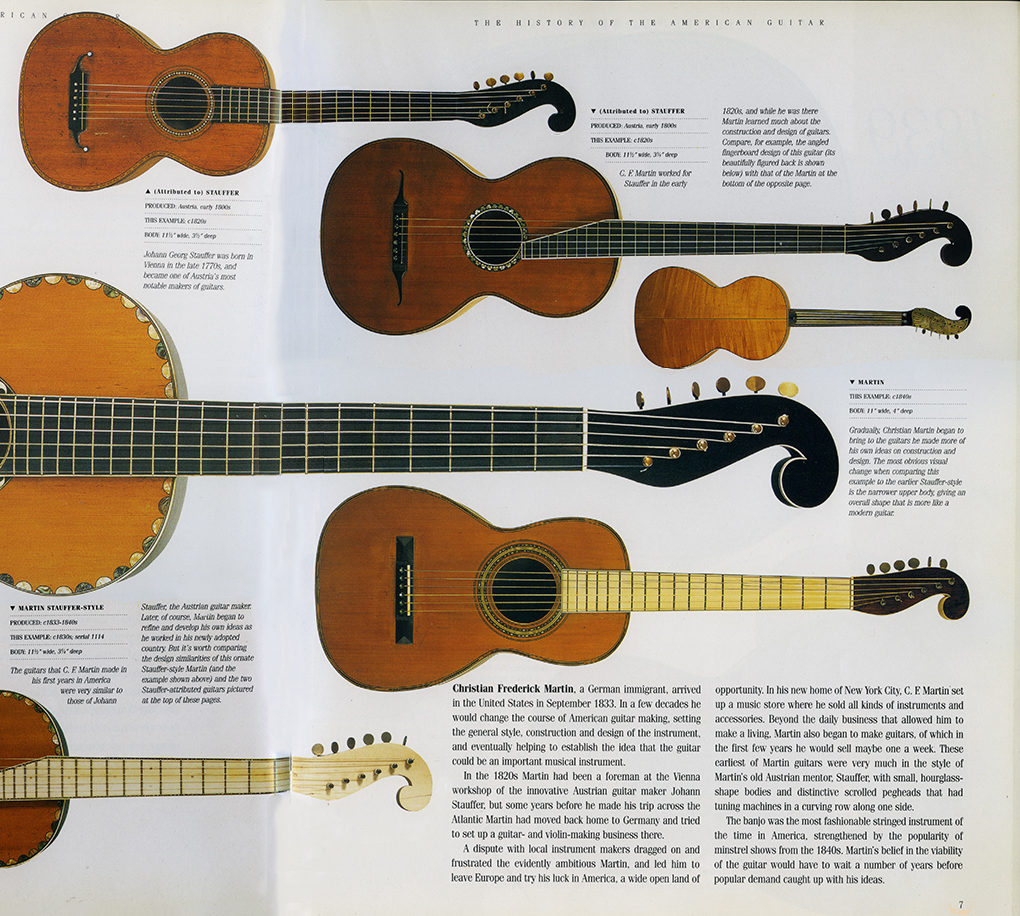
earlymartin.com
To See Robert Corwin's Classic Photography of Folk and Roots Musicians, visit:
For Information on Photography for
Exhibition, Publication, CD's, Promotion, Web Pages, Tour Books,
to Purchase Photographic Prints, or
If You Have Questions About An Early Martin Guitar:
e-mail: Robert Corwinentire site copyright ©1998 through 2016 Robert Corwin/Photo-Arts. All rights reserved.